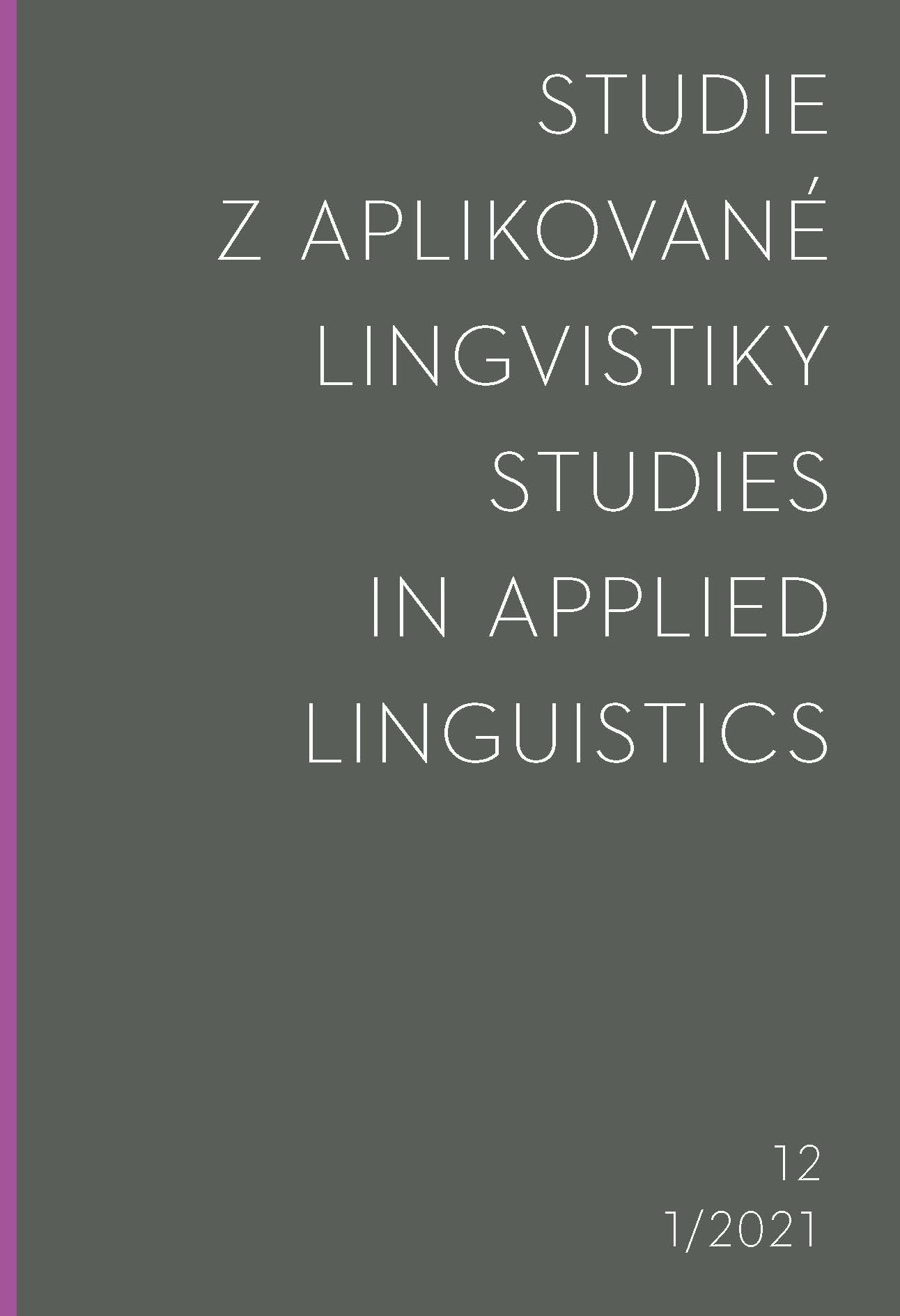Plain Language in the Czech Republic, the UK, and the US
Plain Language in the Czech Republic, the UK, and the US
An Analysis of Tax Return Instructions
Author(s): Eva DvořákováSubject(s): Comparative Linguistics
Published by: Univerzita Karlova v Praze - Filozofická fakulta, Vydavatelství
Keywords: plain language; plain English; readability measures; lexical richness;sentence length;
Summary/Abstract: Over the past 50 years, plain language has been an important topic in English-speaking countries, finding its way particularly into legal and official documents. Curiously, plain language has never been a widely discussed topic in the Czech Republic. It would therefore be interesting to see whether Czech tax return instructions (which are, after all, addressed to the wide public) display any plain language features, in comparison with their British and US counterparts. The present contribution aims to compare tax return instructions from the UK, US, and the Czech Republic in terms of their readability (using readability measures), sentence length, passive constructions, certain personal pronouns (you and we), nominalisations (with the -ion suffix), and lexical richness (type-token ratio). For the purposes of the analysis, the official English translation of the Czech tax return instructions has been used so that the comparisons can be made within one language. The results have confirmed the initial hypothesis that the Czech tax return instructions are not compliant with plain language rules.
Journal: Studie z aplikované lingvistiky
- Issue Year: 12/2021
- Issue No: 1
- Page Range: 7-19
- Page Count: 13
- Language: English

